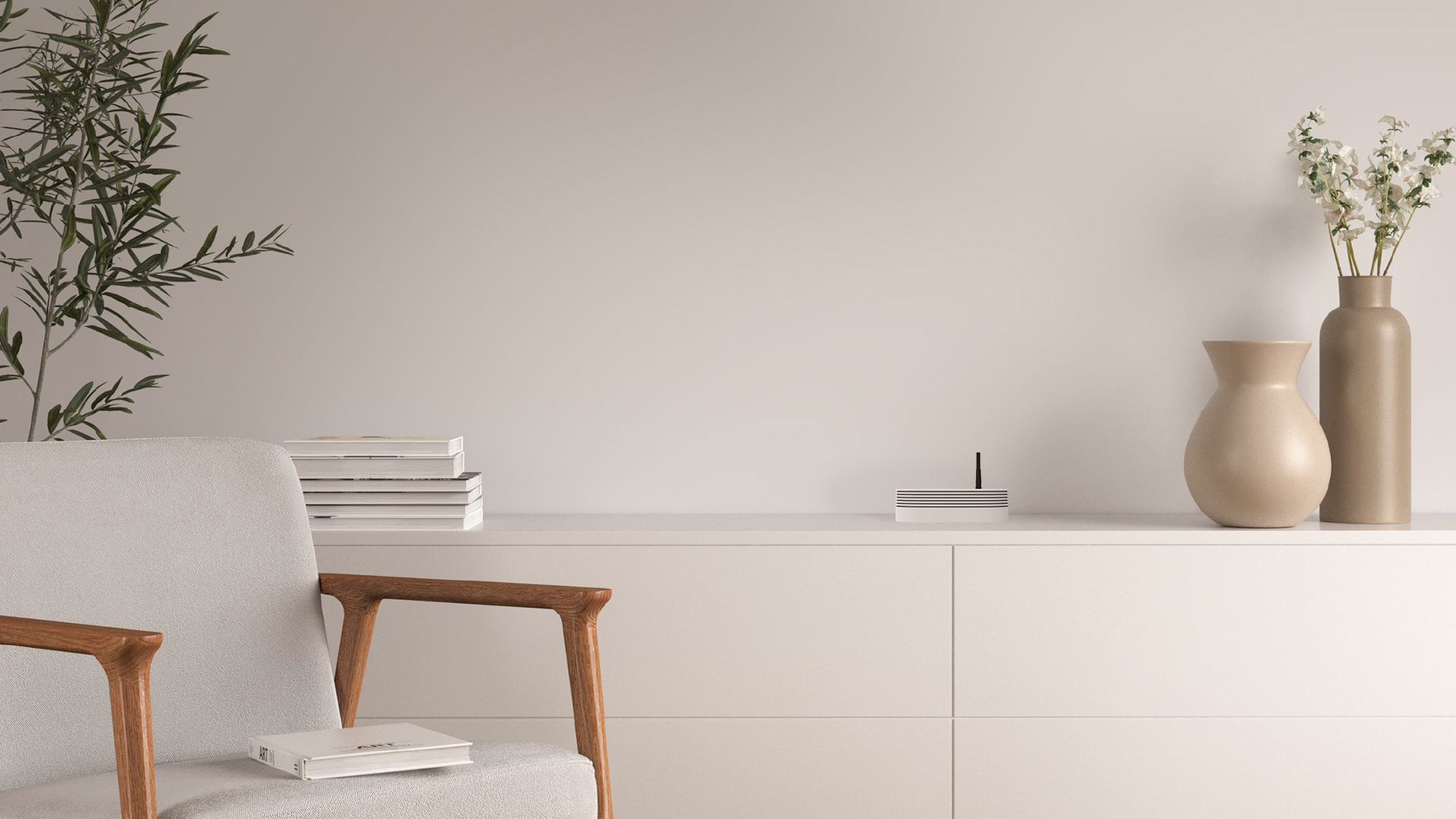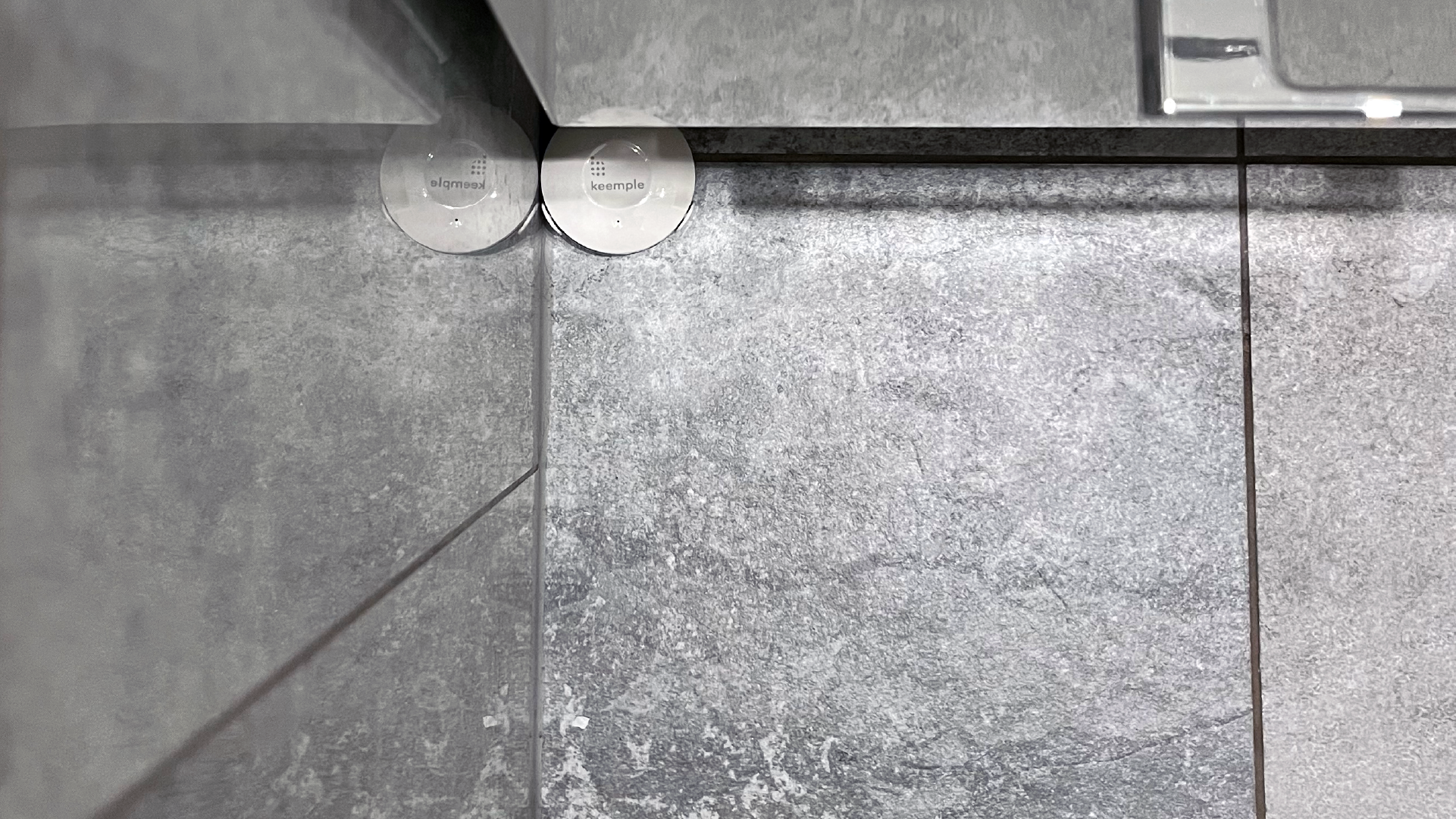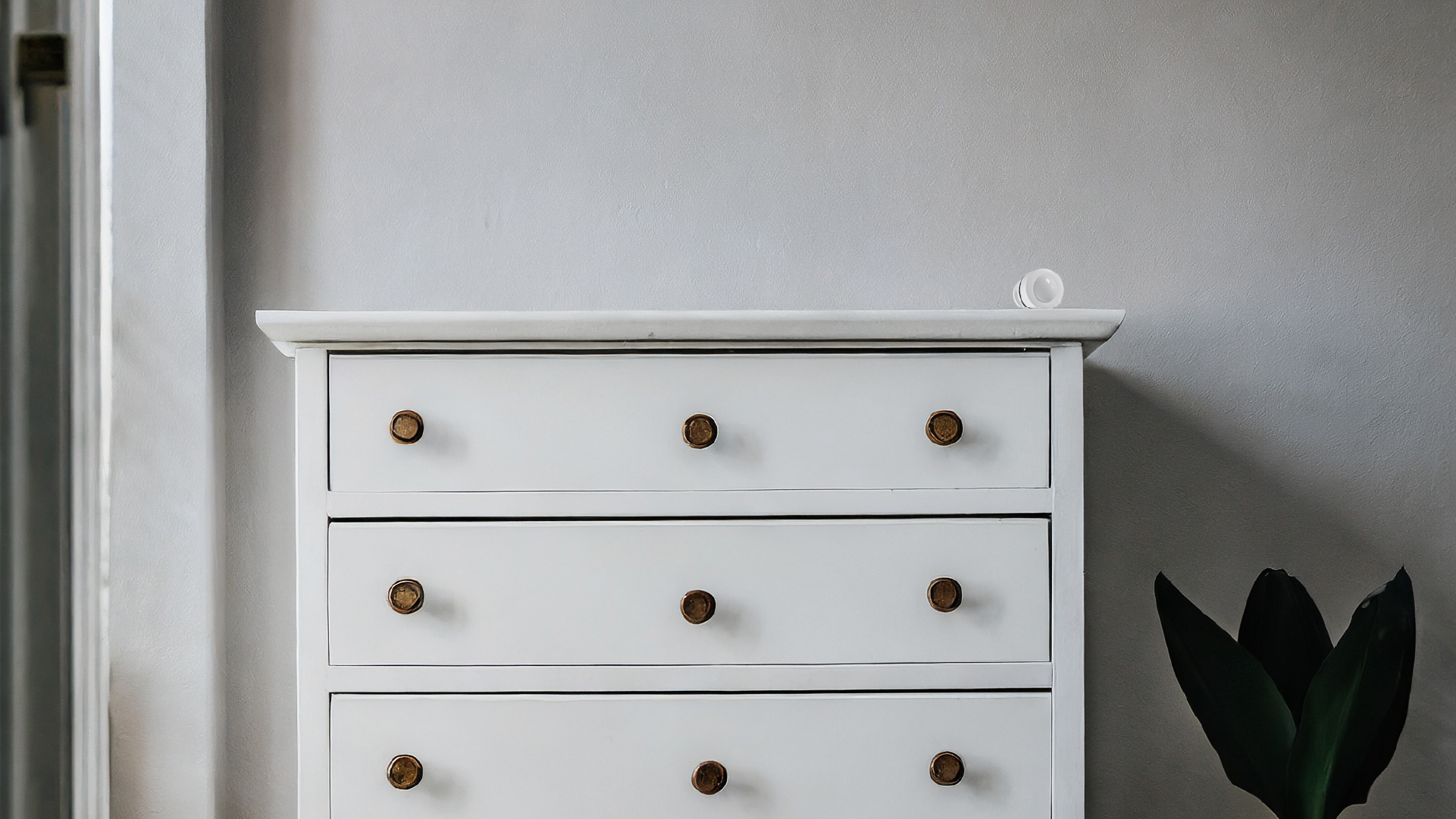
Keemple Z-Wave Gateway – Everything You Need to Know
What is a Z-Wave Gateway? To answer this question, let’s first briefly explain how a wireless smart home system with […]

Flood sensors are devices that can protect your home or business from costly water leak consequences. Despite their small size, they play a crucial role in safety systems. How do these devices work, and why should you consider using them?
A flood sensor, also known as a moisture detector, monitors the presence of water in specific areas. It’s important to distinguish it from water level sensors, which are designed to measure liquid levels in tanks – for example, to control pumps in deep wells. A flood detector’s job is to quickly detect water on the floor or another monitored surface and alert the user to the threat.
The operation of a flood sensor is based on electrodes that react upon contact with water. When the liquid closes the electrical circuit, an alarm is triggered. Depending on the model, the device can emit sound signals, visual alerts, or, as with smart sensors from Keemple, send notifications directly to a mobile app.
Flood sensors come in various models, allowing them to be tailored to individual needs:
By functionality, we can distinguish:
These devices can be wired (commonly used in offices and public buildings) or wireless, battery-powered, making them convenient to use.
To ensure sensors work without disruption, it’s important to avoid some key mistakes:
Wondering if a flood sensor is right for your home? Contact our experts to learn more about Z-Wave technology and the advantages of smart detectors from Keemple.

What is a Z-Wave Gateway? To answer this question, let’s first briefly explain how a wireless smart home system with […]

No one wants to face a dangerous situation at home or risk losing valuable items and keepsakes due to fire, […]

A Practical Guide to Planning a Smart Home System A Smart Home isn’t just a trendy concept — it’s a […]
Contact us: biuro@keemple.pl